
Labyrinth: This path is made for mindful walking

Wounded warriors at the National Intrepid Center of Excellence are introduced to the indoor labyrinth during early days of their four-week intensive outpatient treatment program. (Photo courtesy of NICoE)
FALLS CHURCH, Va. — Wounded warriors arriving at the National Intrepid Center of Excellence may be surprised to learn their intensive outpatient treatment program includes a labyrinth – or, as NICoE wellness coordinator Allison Winters describes it, “contemplative walking, in a nutshell.”
Labyrinths have been used in a variety of religions and cultures for thousands of years. They symbolize a meandering but purposeful path, Winters said. Unlike mazes, which are meant to confound and confuse with myriad routes that may lead to dead ends, labyrinths are simple. There’s only one way in, and one way out.
“A labyrinth provides a structural path, so you don’t have to think about where you’re going and how to get there,” Winters said. “You don’t need to make any decisions, so your brain can stay in the moment. It’s like a walking meditation.”
NICoE is part of the Walter Reed National Military Medical Center in Bethesda, Maryland. It opened in October 2010 to advance understanding and treatment of traumatic brain injury and associated health conditions. Each four-week program involves cohorts of six patients who have not responded to traditional treatment. Weeks one and two focus on diagnosis, evaluation, and pain relief; the third and fourth weeks concentrate on treatment planning and education to help patients understand their symptoms and gain skills to take charge of their own care after they leave.
Winters said she introduces the labyrinth to patients during their first days at NICoE. The indoor labyrinth, crafted from maple and cherry hardwood planks, is part of a room that also features a skylight ceiling and potted plants. Patients can walk the labyrinth individually or in group sessions.
“You start at the perimeter and then walk along the path to the center,” Winters said. “Then you turn around and walk out. There’s no right way or wrong way.”
Winters and others who promote labyrinths for therapeutic use offer suggestions to enhance the experience. Walkers might set an intention – a values-based, internal goal such as peace, joy, or understanding – to focus on while traveling the path. Or they can pause at each turn to inhale slowly and then exhale slowly before continuing the walk.
“Breath can be useful for navigating a transition, whether it’s on the labyrinth or in life,” Winters said, adding that wheelchair users also can use the labyrinth.
Labyrinths have been featured in other military settings, such as Scott Air Force Base in Illinois and Beale Air Force Base in California, which have used labyrinths printed on canvas to encourage service members to take contemplative strolls. But do labyrinths actually do any good? There may not be military-specific research on the topic, Winters said, but empirical findings suggest that they do work.
“One patient told me he thought walking along the labyrinth was like ‘moseying through the brain’s gray matter’ and finding yourself in the center,” Winters said.
Another patient said walking along the labyrinth relaxes him. “It allows my mind to get rid of the distractions of everyday madness, and to focus on things like self-improvement and self-actualization. It allows me to let go of negative thinking.”
Soldier amputees have options for continued service
Article
9/17/2018
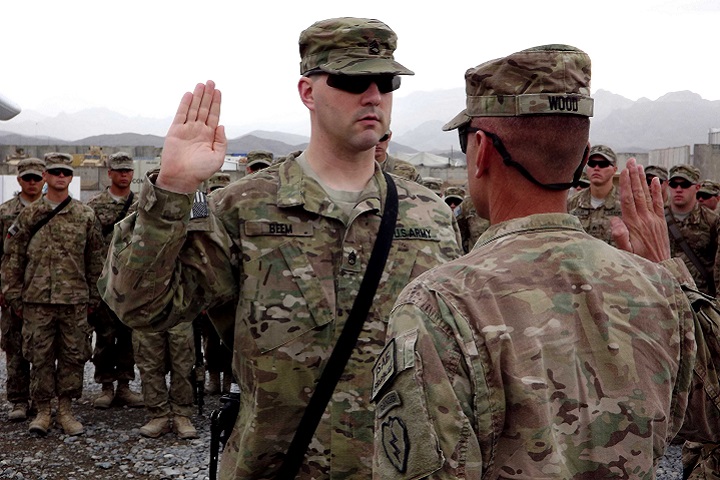
The will to serve alone is not enough to overcome the severity of their injury
Air Force's first Invisible Wounds Center opens
Article
9/10/2018
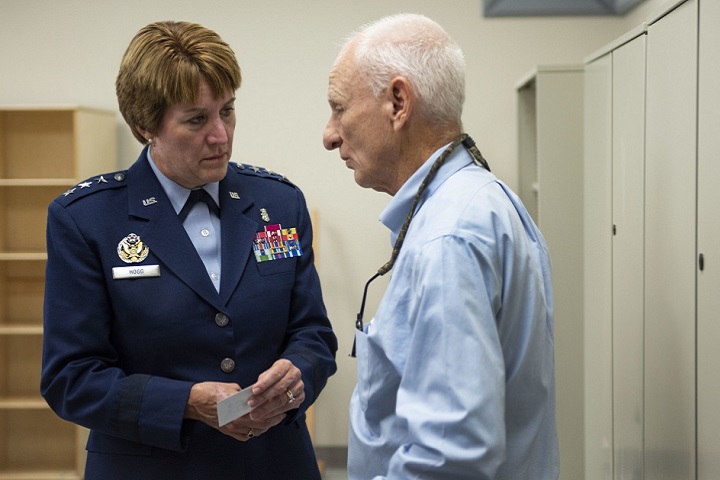
The center will serve as a regional treatment center for post-traumatic stress, traumatic brain injury, associated pain conditions and psychological injuries
Healthy sleep for healing
Article
8/7/2018
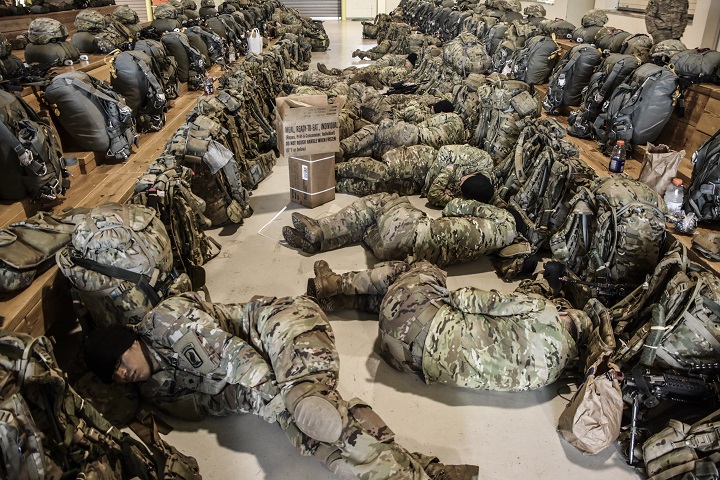
We know how to treat bad sleep
Living with aphasia and the long road to regain language capabilities
Article
6/11/2018

Roughly 1 million Americans currently have aphasia, a condition that impairs the ability to express and/or understand language, and nearly 180,000 Americans are diagnosed with it every year.
All in with medical support during Warrior Games
Article
6/5/2018
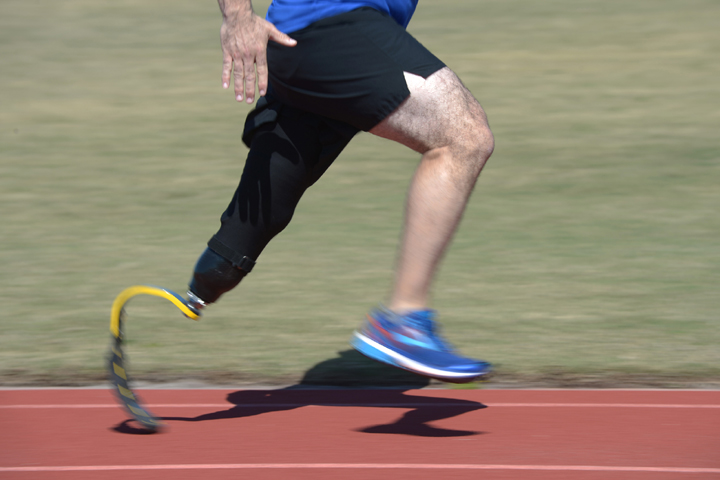
Altitude will be latest challenge for athletes
Best job in military health? For these men, it’s nursing
Article
5/8/2018
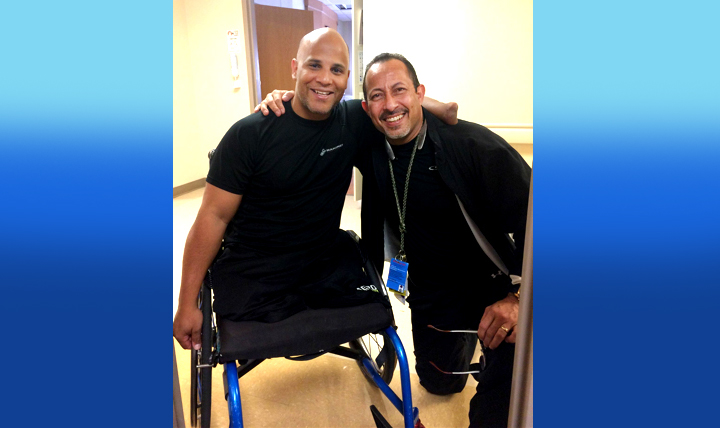
Males outnumbered, but odds are better in MHS
For children who get concussions, brain rest is best
Article
4/19/2018
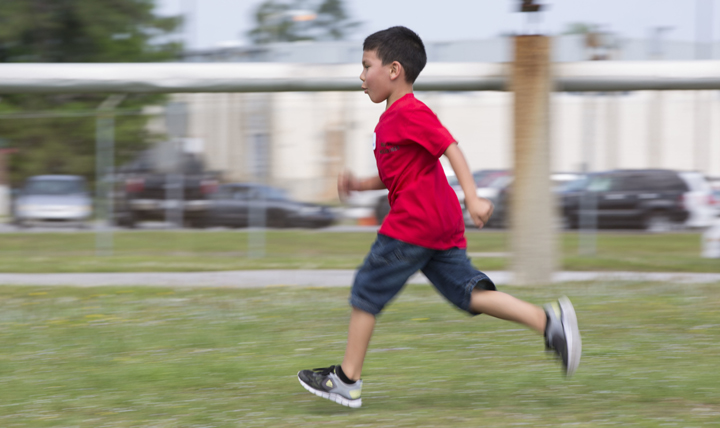
Most recover fully, but it may take longer to heal
Identification of brain injuries in deployed environment surged after enactment of DoD policies
Article
3/27/2018
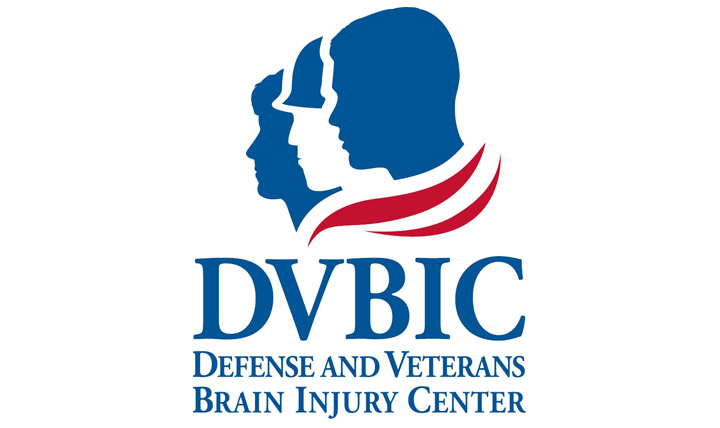
Researchers compared the number of TBIs before and after introduction of new policies aimed at screening for and identifying deployment-related TBIs
The relentless winter poses risk for head injuries
Article
3/21/2018
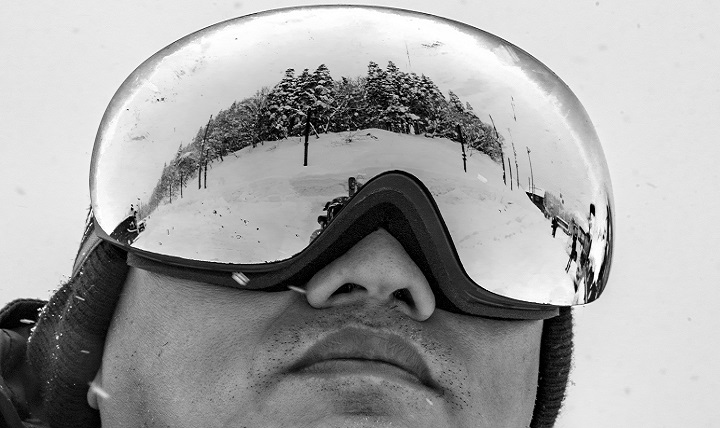
Whether snowboarding or walking on an icy sidewalk, winter conditions and sports can pose an increased risk for traumatic brain injuries
First-ever blood test for detecting brain injury cleared by FDA
Article
3/15/2018
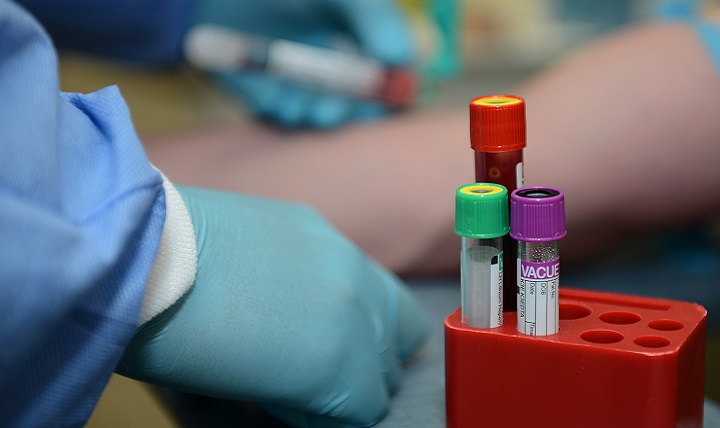
Research funded by the DoD and U.S. Army breaks ground on brain injury diagnostics
Defense and Veterans Brain Injury Center Celebrates 25 Years
Video
3/12/2018

Katherine Helmick, DVBIC acting national director, discusses DVBIC achievements and goals to advance service members' health care. DVBIC honors 25 years of military health care by continued dedication to research and treatment of traumatic brain injury.
Traumatic Brain Injury and the Art of Paddling
Article
3/7/2018
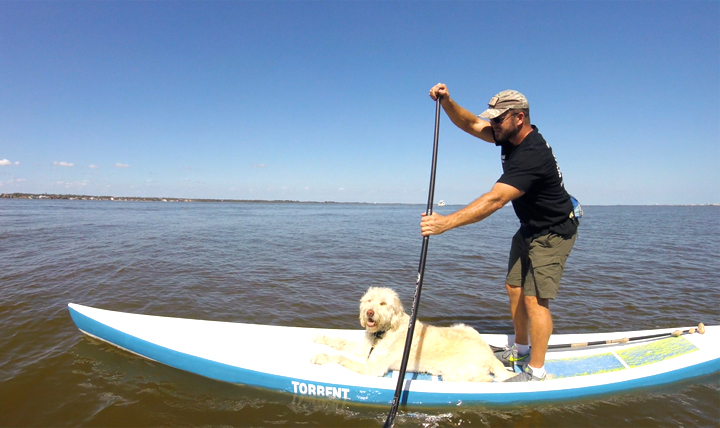
A U.S. Army veteran’s recipe for embracing life after several TBIs
Brain Injury Awareness Month - Videos spotlight military TBI champions
Article
3/5/2018
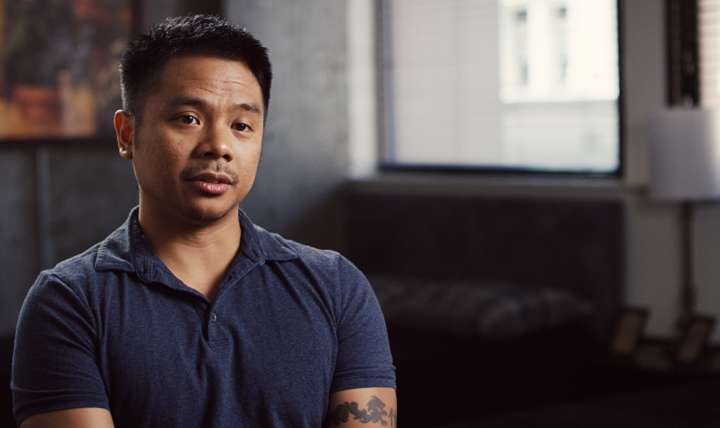
During Brain Injury Awareness Month and beyond, we want our military community to know that recovery from a TBI is possible
Second lady Karen Pence advocates art therapy for wounded warriors
Article
2/8/2018

Pence's passion is driven by the human and scientific evidence of art therapy's healing properties
Year in Review: Innovations aid warfighters, families
Article
12/26/2017
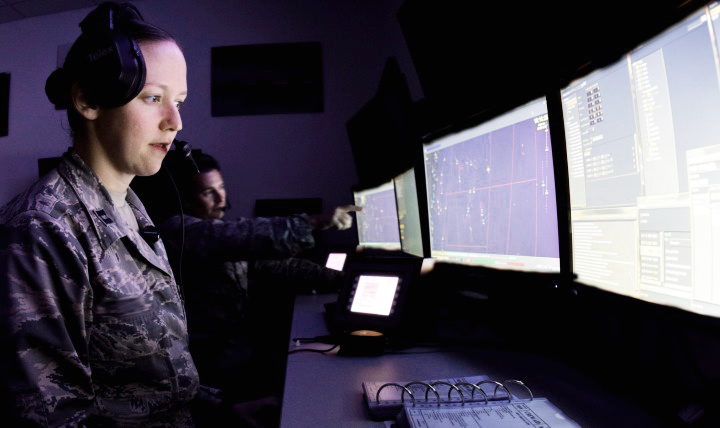
MHS explores world-class solutions for beneficiaries






















.png)











No hay comentarios:
Publicar un comentario